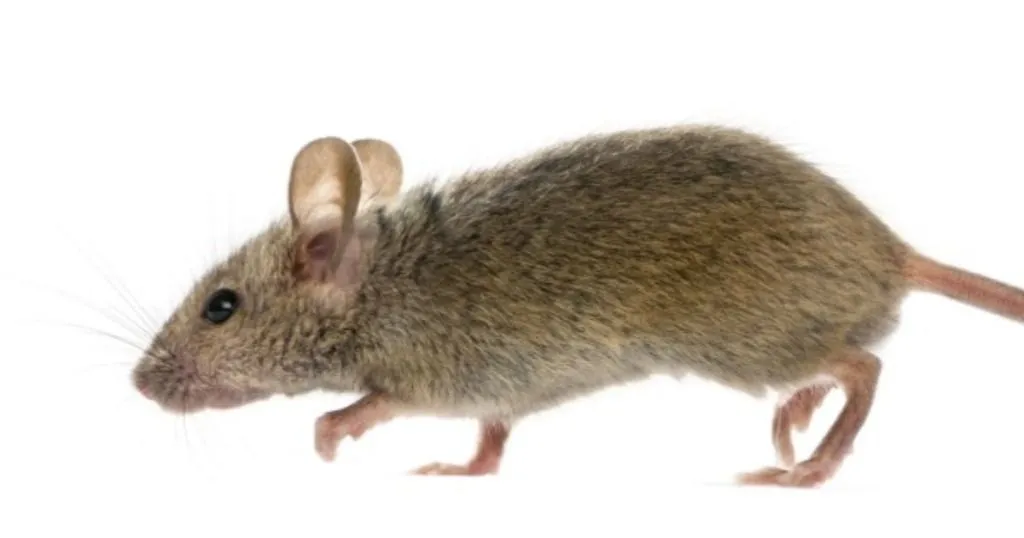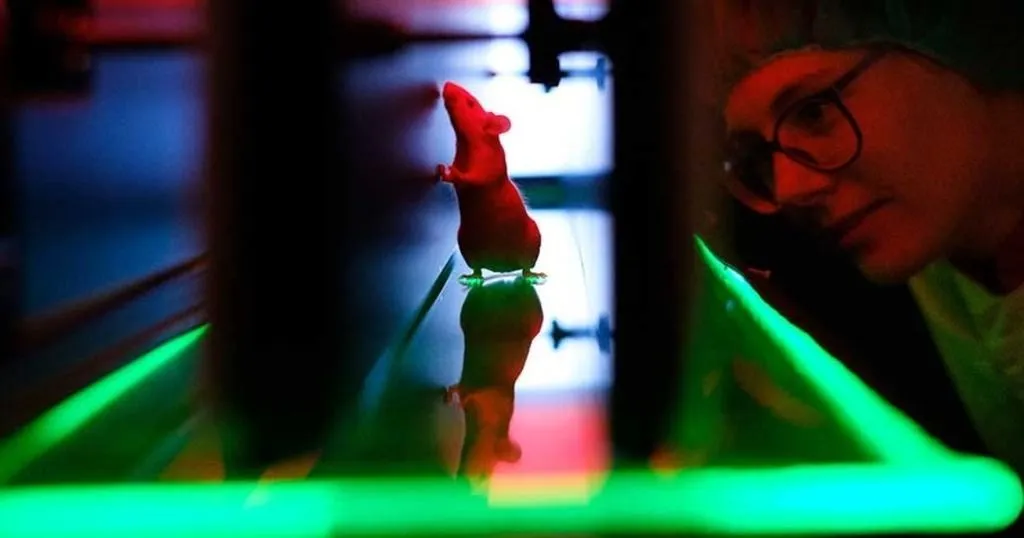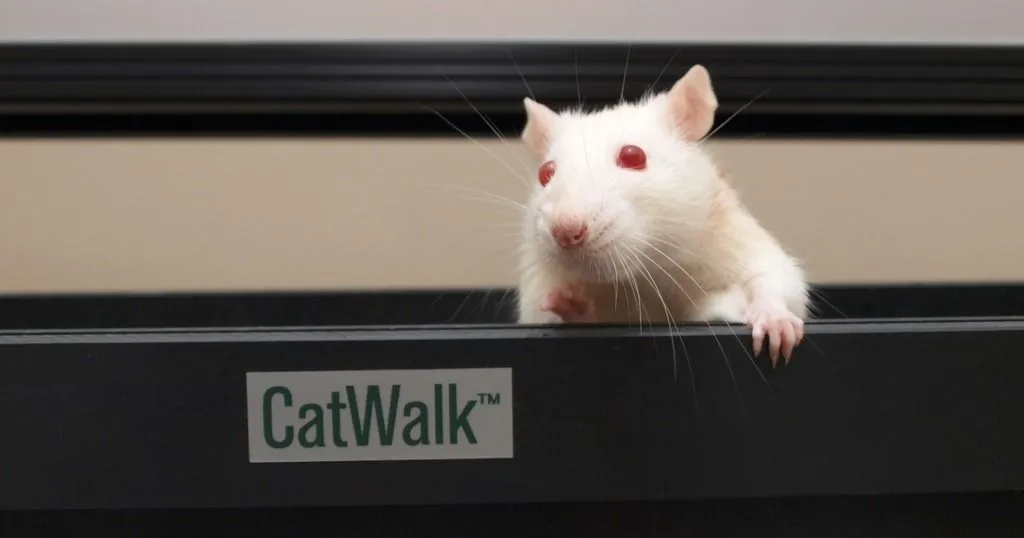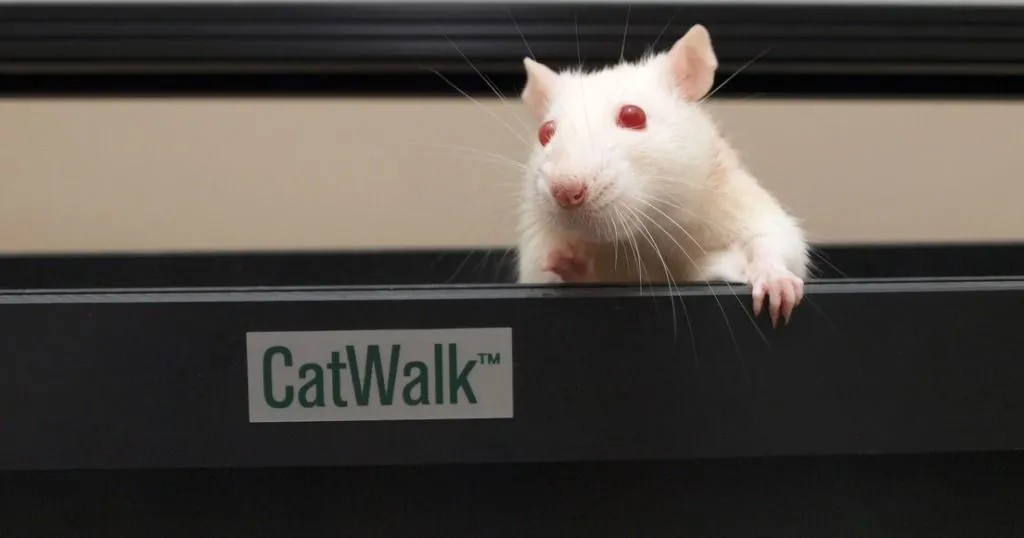Mice walking again after a complete spinal cord crush
Researchers from the University of Bochum achieved significant scientific results by making mice walk again after a complete spinal cord crush! Read more about it in this blog post.
Posted by
Published on
Tue 08 Jun. 2021
Topics
| Gait | Gait Analysis | Mice | Spinal Cord Injury |

Spinal cord injury leaves permanent disabilities
Spinal cord injury (SCI) is a damage of the spinal cord that often occurs after a car accident, a fall from a great height or from a non-traumatic disease, for example tuberculosis. No matter how it happens, it often leaves the individuals with severe and permanent disabilities such as paraplegia or tetraplegia. Since the damaged axons do not regenerate naturally, researchers from all over the world search for different therapeutic strategies that would enable functional recovery in people with SCI.
Major break-through in search for a cure
Researchers from the University of Bochum recently achieved a major break-through in their search for a potential therapeutic approach for SCI. In their study, they discovered that a protein called hyper-interleukin-6 (hIL-6) stimulates signaling and axonal regeneration. Although they injected hIL-6 into the sensorimotor cortex in the brain, which is easily accessible, they observed the regeneration of neurons also in other, deeper brain areas that are otherwise difficult to reach.
Paralyzed mice walk again
Deeper areas in the brain are important for movement processes, such as walking and running. Therefore, the stimulation of axonal regeneration in these areas is essential for functional recovery after spinal cord injury. Hyper- interleukin-6 (hIL-6) was transported and was able to reach the nerve cells deep in the brain stem via transneuronal delivery. This resulted in previously paralyzed animals to start to walk again after two to three weeks!
Automated evaluation of footprints
For automated evaluation of footprints and coordination of mice during walking, researchers used the CatWalk XT, which is a frequently used gait analysis system for analysis of functional recovery after spinal cord injury. CatWalk XT consists of a corridor with a glass plate through which each animal traverses from one side to another. Only where each paw touches the glass plate, the light escapes thought the surface and reflects towards the camera underneath the glass plate. This way, the actual footprints are captured from below and automatically classified by the CatWalk XT software. Later on, the software identifies the changes in position, timing of each footprint and the dimensions. The parameters researchers looked at in this study were max area of each paw touching the glass, total area, stride length, base of support, and regularity index.
New possibilities for treatment in the horizon
Based on positive results and observation of mice walking again after a complete spinal cord crash, this gene therapeutic approach with hIL-6 is a potential strategy for reparation of a spinal cord after injury. Besides, it also opens new possibilities for further improvements of the functional outcome by combining it with other approaches. These combinations of strategies could increase axon regeneration and functional recovery after spinal cord injury. In future, hopefully, also in humans.
Related Posts

Assessing gait in a mouse model for Leigh Syndrome

How to use CatWalk XT and Incapacitance Tester in non-clinical pain research

